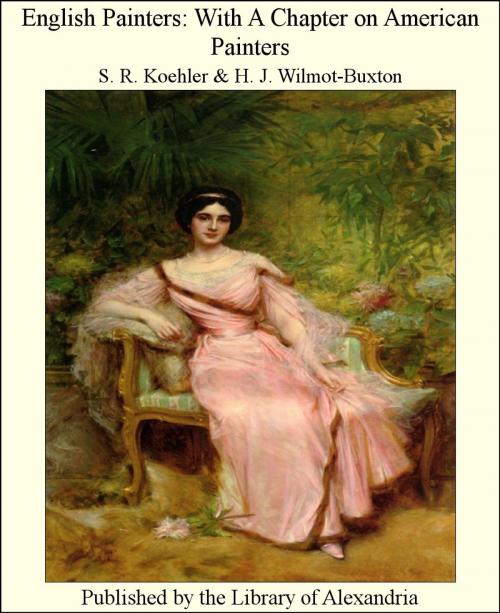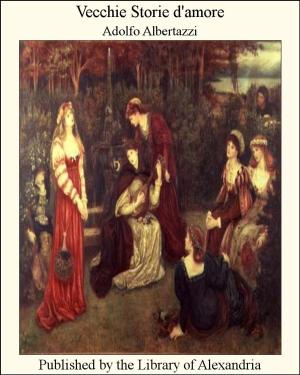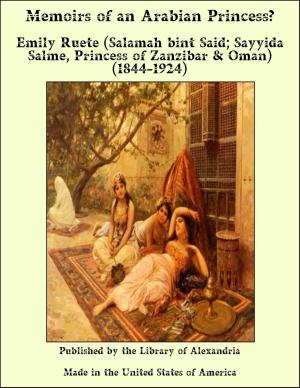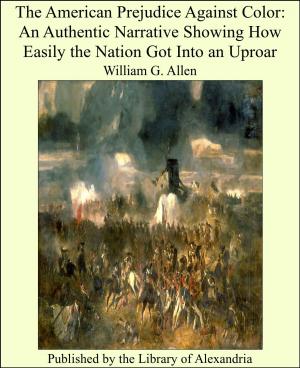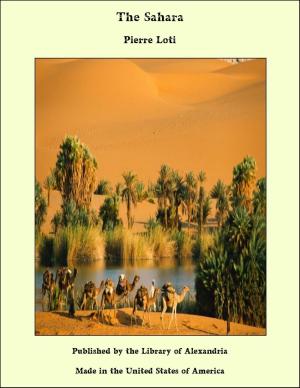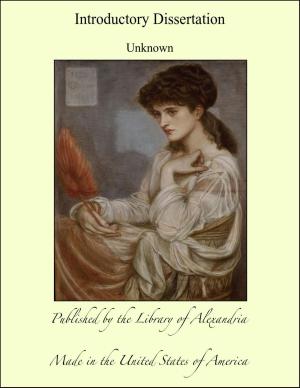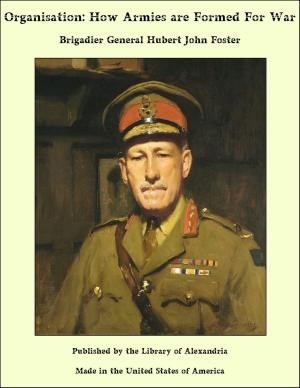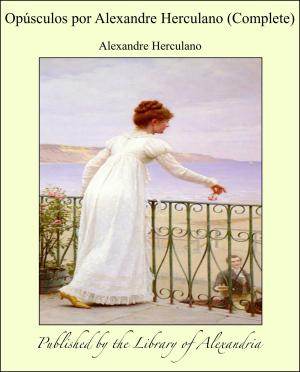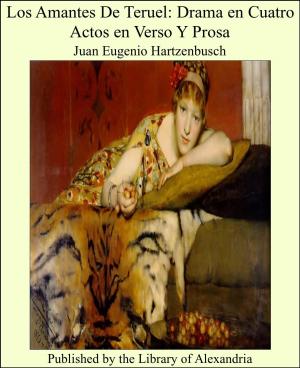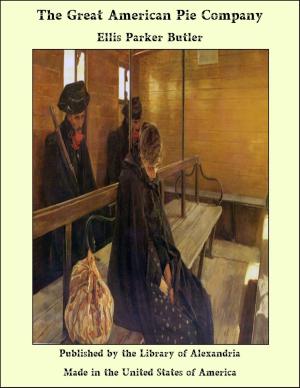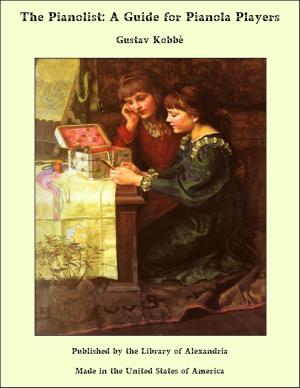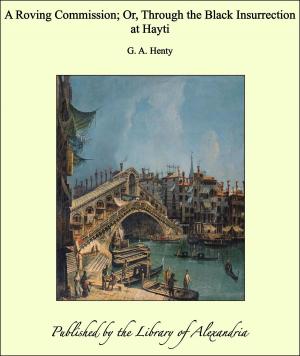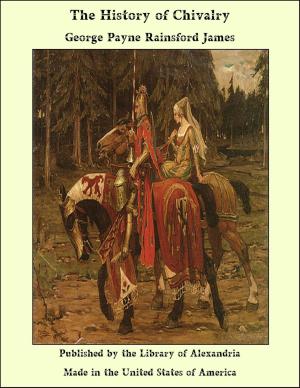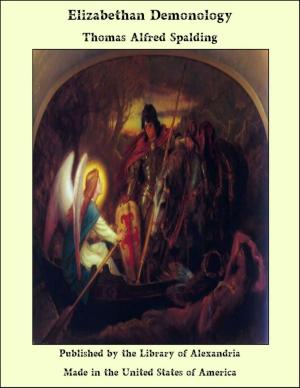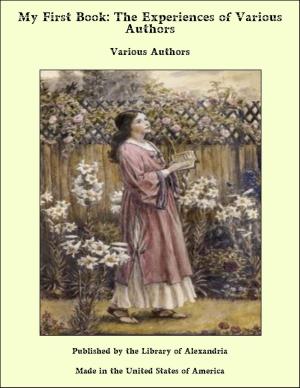English Painters: With a Chapter on American Painters
Nonfiction, Religion & Spirituality, New Age, History, Fiction & Literature| Author: | S. R. Koehler | ISBN: | 9781465524393 |
| Publisher: | Library of Alexandria | Publication: | March 8, 2015 |
| Imprint: | Language: | English |
| Author: | S. R. Koehler |
| ISBN: | 9781465524393 |
| Publisher: | Library of Alexandria |
| Publication: | March 8, 2015 |
| Imprint: | |
| Language: | English |
THIS brief sketch of the rise and progress of Painting in England has been drawn from a variety of sources. The little that can be traced of artistic work previous to the end of the fifteenth century does not fill many pages. Ignorance, carelessness, and "iconoclastic rage" all contributed to the defacement of paintings which we have every reason to believe at one time abounded in our churches and public buildings, as they did at the same period in Italy; and there is good evidence that some of our early English artists are not to be despised. Our forefathers were too much engaged in the rough contests of war to care much for the arts of peace. In the sixteenth century several foreign artists of more or less celebrity were induced to visit and stay in England. Foremost of these was Holbein, and to his example English artists are deeply indebted. In the next century there were a few excellent miniature painters, whose work is not to be surpassed at the present day, and then came a succession of foreigners—Rubens and Van Dyck from Flanders, Lely and Kneller from Germany, and a host of lesser men, who seem to have in a great measure monopolized portrait painting—then in vogue among the nobility—for more than a hundred years. Early in the eighteenth century came Hogarth, followed by Reynolds, Gainsborough and Romney, and from that time to the present, Art has year by year progressed, till now English Painters have become a recognised power in the state, and contribute, in no small degree, to the enlightenment, pleasure and refinement of the age. H.J.W.-B
THIS brief sketch of the rise and progress of Painting in England has been drawn from a variety of sources. The little that can be traced of artistic work previous to the end of the fifteenth century does not fill many pages. Ignorance, carelessness, and "iconoclastic rage" all contributed to the defacement of paintings which we have every reason to believe at one time abounded in our churches and public buildings, as they did at the same period in Italy; and there is good evidence that some of our early English artists are not to be despised. Our forefathers were too much engaged in the rough contests of war to care much for the arts of peace. In the sixteenth century several foreign artists of more or less celebrity were induced to visit and stay in England. Foremost of these was Holbein, and to his example English artists are deeply indebted. In the next century there were a few excellent miniature painters, whose work is not to be surpassed at the present day, and then came a succession of foreigners—Rubens and Van Dyck from Flanders, Lely and Kneller from Germany, and a host of lesser men, who seem to have in a great measure monopolized portrait painting—then in vogue among the nobility—for more than a hundred years. Early in the eighteenth century came Hogarth, followed by Reynolds, Gainsborough and Romney, and from that time to the present, Art has year by year progressed, till now English Painters have become a recognised power in the state, and contribute, in no small degree, to the enlightenment, pleasure and refinement of the age. H.J.W.-B
